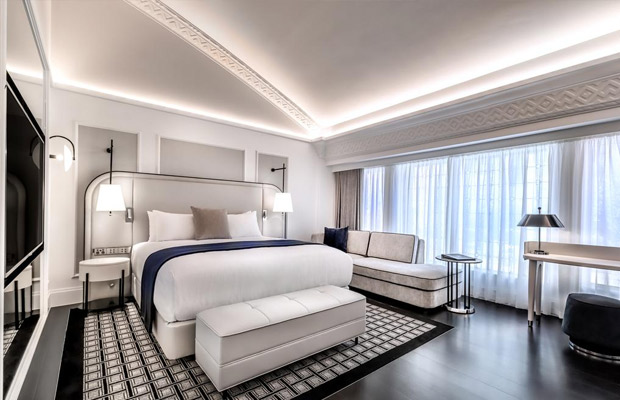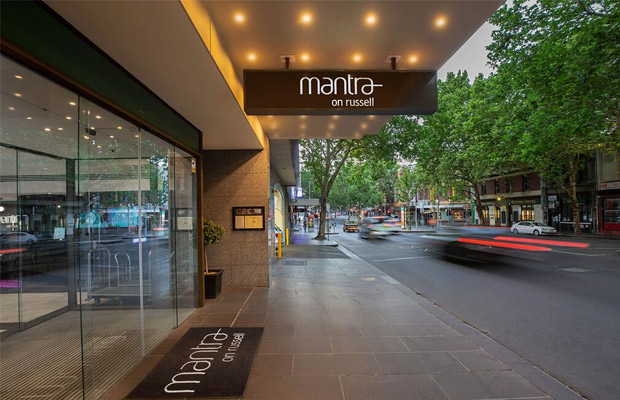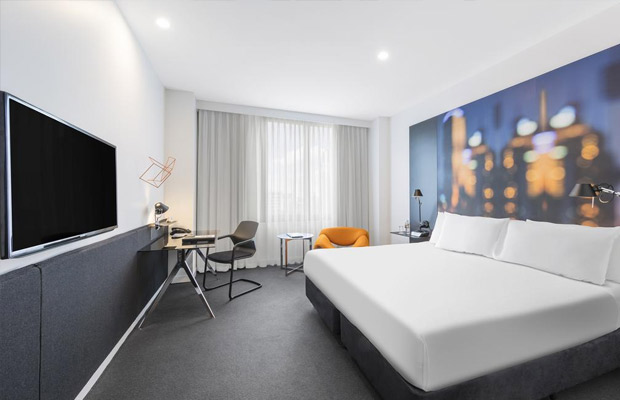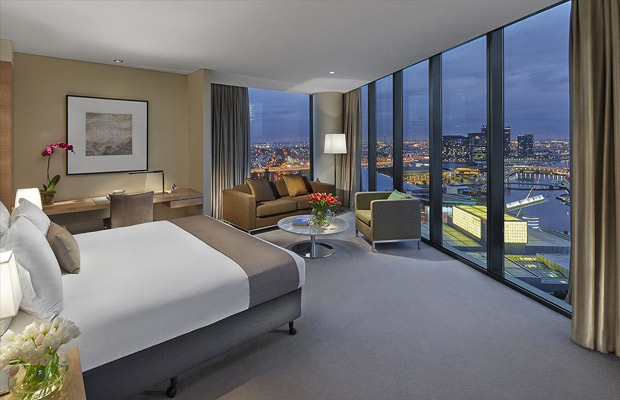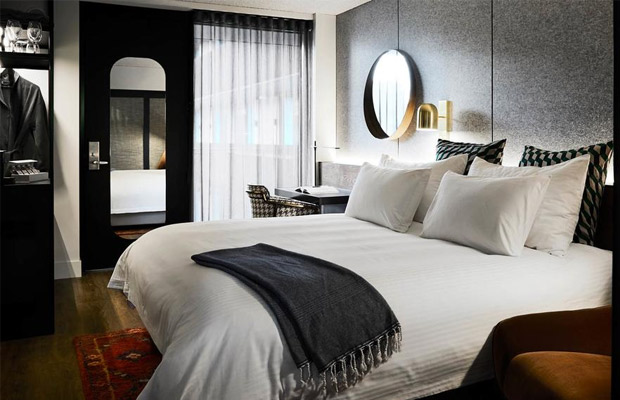National Gallery of Victoria
National Gallery of Victoria
Australia
Melbourne
Melbourne Travel Guide
Book Tour & Activities
Your tour in Melbourne.
Book your stay
Your hotel in Melbourne.
Overview
The National Gallery of Victoria, popularly known as the NGV, is an art museum in Melbourne, Victoria, Australia. Founded in 1861, it is Australia's oldest, largest and most visited art museum. The NGV houses an encyclopedic art collection across two sites: NGV International, located on St Kilda Road in the Melbourne Arts Precinct of Southbank, and the Ian Potter Centre: NGV Australia, located nearby at Federation Square.
The NGV International building, designed by Sir Roy Grounds, opened in 1968, and was redeveloped by Mario Bellini before reopening in 2003. It houses the gallery's international art collection and is on the Victorian Heritage Register. Designed by Lab Architecture Studio, the Ian Potter Centre opened in 2002 and houses the gallery's Australian art collection.
History
19th century
In 1850, the Port Phillip District of New South Wales was granted separation, officially becoming the colony of Victoria on 1 July 1851. In the wake of a gold rush the following month, Victoria emerged as Australia's richest colony, and Melbourne, its capital, Australia's largest and wealthiest city. With Melbourne's rapid growth came calls for the establishment of a public art gallery, and in 1859, the Government of Victoria pledged £2000 for the acquisition of plaster casts of sculpture. These works were displayed in the Museum of Art, opened by Governor Sir Henry Barkly in May 1861 on the lower floor of the south wing of the Public Library (now the State Library of Victoria) on Swanston Street.[3] Further money was set aside in the early 1860s for the purchase of original paintings by British and Victorian artists. These works were first displayed in December 1864 in the newly opened Picture Gallery, which remained under the curatorial administration of the Public Library until 1882. Grand designs for a building fronting Lonsdale and Swanston streets were drawn by Nicholas Chevalier in 1860 and Frederick Grosse in 1865, featuring an enormous and elaborate library and gallery, but these visions were never realised.
On 24 May 1874, the first purpose built gallery, known as the McArthur Gallery, opened in the McArthur room of the State Library, and the following year, the Museum of Art was renamed the National Gallery of Victoria. The McArthur Gallery was only ever intended as a temporary home until the much grander vision was to be realised. However such an edifice did not eventuate and the complex was instead developed incrementally over several decades.
The National Gallery of Victoria Art School, associated with the gallery, was founded in 1867 and remained the leading centre for academic art training in Australia until about 1910. The School's graduates went on to become some of Australia's most significant artists. This later became the VCA (Victorian College of the Arts), which was bought by The University of Melbourne in 2007 after it went bankrupt.
In 1887, the Buvelot Gallery (later Swinburne Hall) was opened, along with the Painting School studios. In 1892, two more galleries were added: Stawell (now Cowen) and La Trobe.
In 1888, the gallery purchased Lawrence Alma-Tadema's 1871 painting The Vintage Festival for £4000, its most expensive acquisition of the 19th-century.
Address: 180 St Kilda Rd, Melbourne VIC 3006, Australia
Tickets: free · ngv.vic.gov.au
Director: Tony Ellwood
Founded: 1861
Video Travel Inspiration
See National Gallery of Victoria on Map
Most Popular Cities

Siem Reap
Cambodia
Ho Chi Minh City
Vietnam
Beijing
China
Paris
France
London
United Kingdom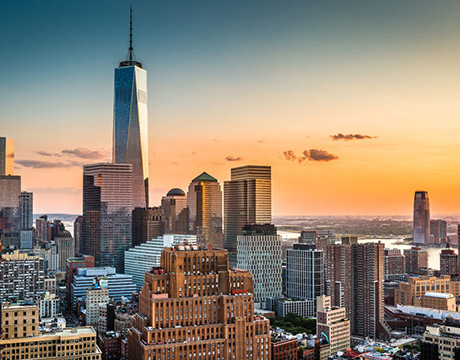
New York
USA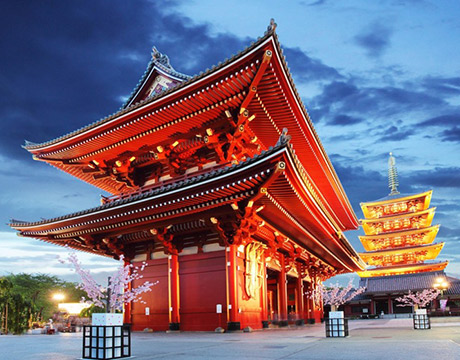
Tokyo
Japan
Bangkok
Thailand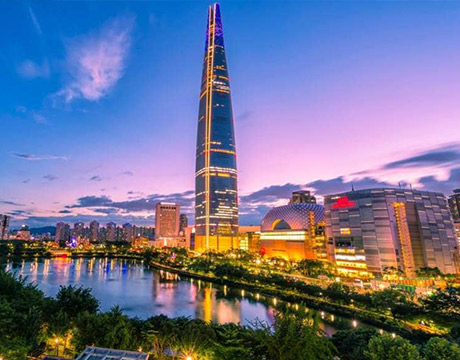
Seoul
South Korea
Vientiane
Laos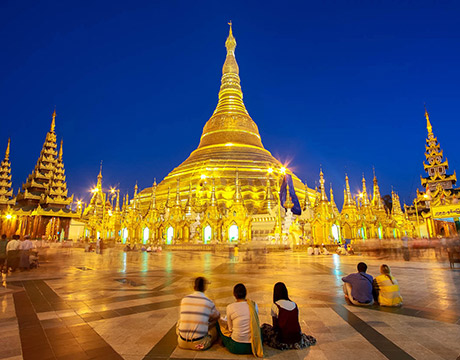
Yangon
Myanmar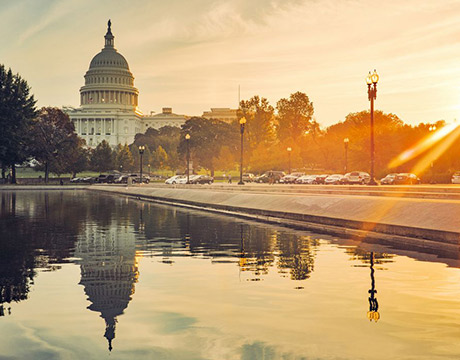
Washington DC
USA
Los Angeles
USA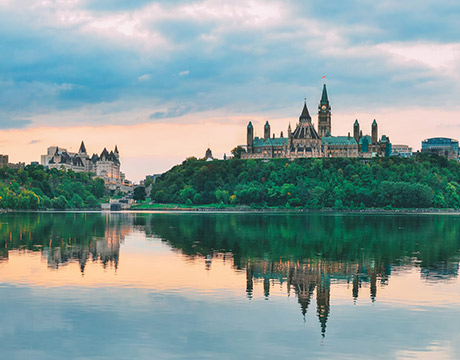
Ottawa
Canada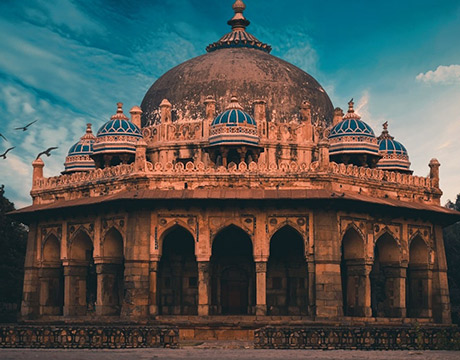
New Delhi
India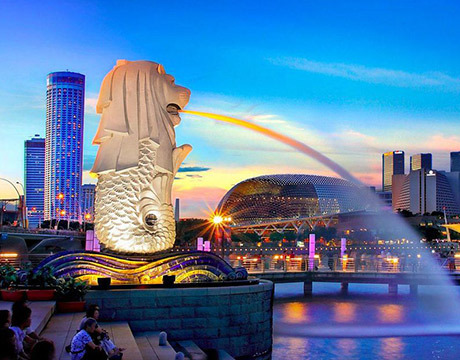
Singapore
Singapore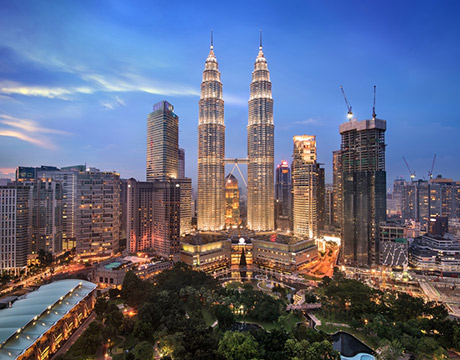
Kuala Lumpur
Malaysia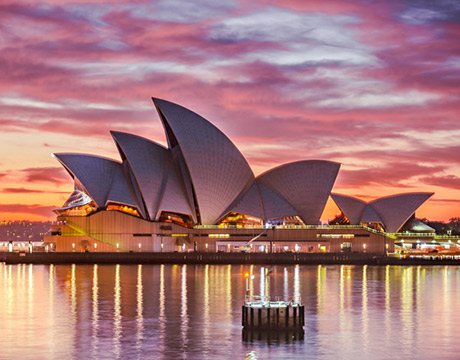
 English
English French
French Khmer
Khmer Thai
Thai Vietnamese
Vietnamese Chinese
Chinese Korean
Korean German
German Japanese
Japanese Italian
Italian Russian
Russian Spanish
Spanish Dutch
Dutch Indonesian
Indonesian Malay
Malay









